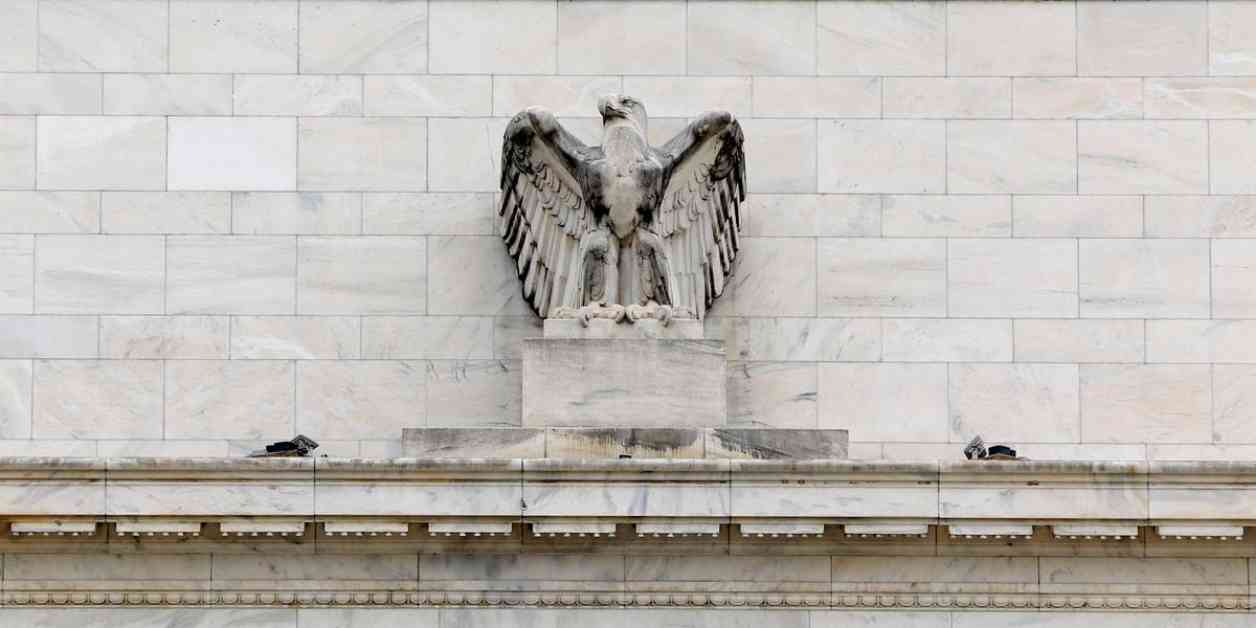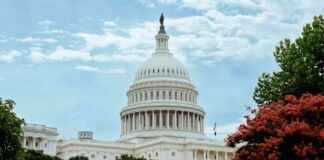Stablecoin legislation has been a hot topic for a while now, with various efforts being made to regulate these crypto tokens. The latest attempt involves Ranking Member of the House Financial Services Committee Maxine Waters and Committee Chair Patrick McHenry working together to push a bill through before the year ends. While the Senate’s stance on the issue remains uncertain, Sen. Bill Hagerty has introduced a bill that could complement the House’s efforts or kickstart new discussions.
The proposed regulatory framework for stablecoins seems to center around giving the Board of Governors of the Federal Reserve System a significant role in overseeing stablecoin issuers. However, experts like Jennifer J. Schulp and Jack Solowey from the Cato Institute’s Center for Monetary and Financial Alternatives argue that this approach is not ideal.
Stablecoins are digital tokens pegged to the value of traditional assets like the U.S. dollar, designed to provide stability and promote their use in digital transactions. Their popularity has been on the rise globally, with applications ranging from cross-border payments to crypto trading. However, the main risk associated with stablecoins is the potential instability if the issuer doesn’t have the necessary assets backing the token.
The Federal Reserve, despite being a key player in the financial system, may not be the best fit for regulating stablecoins. For starters, the Fed would face conflicts of interest as stablecoins compete with its own payment infrastructure and potential plans for a central bank digital currency. Allowing the Fed to regulate stablecoins could lead to biased decision-making and hinder competition in the payment industry.
Additionally, the Fed’s expertise lies in monetary policy rather than regulatory oversight, raising concerns about its ability to effectively monitor stablecoin issuers. Unlike traditional banks, stablecoin issuers provide payment services, not banking functions. As such, a regulatory framework based on collateral requirements and transparent disclosures would be more appropriate, overseen by regulators with a better understanding of disclosure-based regulation.
While it’s commendable that Congress is taking steps to regulate stablecoins, caution is needed in granting extensive regulatory powers to the Fed. If the Fed’s involvement is deemed necessary, lawmakers should limit its discretion and focus on specific areas like reserve disclosures and collateral restrictions to prevent stifling competition and innovation in the payment space.
In conclusion, stablecoins hold great promise for revolutionizing digital payments, but a regulatory approach heavily reliant on the Fed could impede their progress. By aligning regulatory efforts with the unique nature of stablecoins and leveraging the expertise of appropriate regulators, policymakers can strike a balance between oversight and fostering innovation in the digital payment landscape.


















